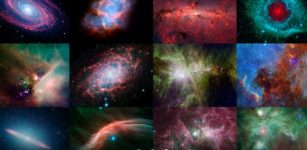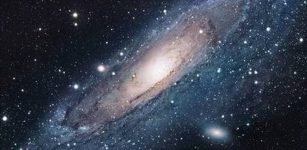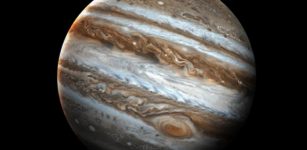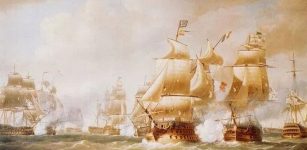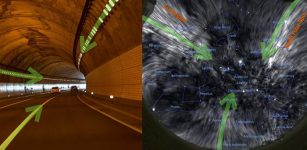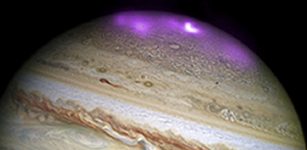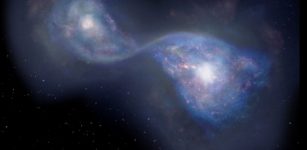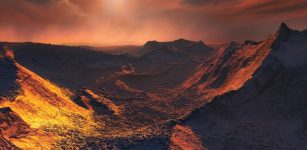On This Day In History: Tycho Brahe’s Supernova Observed In Constellation Cassiopeia – On Nov 6, 1572
MessageToEagle.com – On November 6, 1572, a supernova was first observed by the German astronomer Wolfgang Schüler of Wittenberg.
This spectacular celestial event was observed in the W-shaped constellation of Cassiopeia but was seen by many observers throughout Europe and in the Far East.
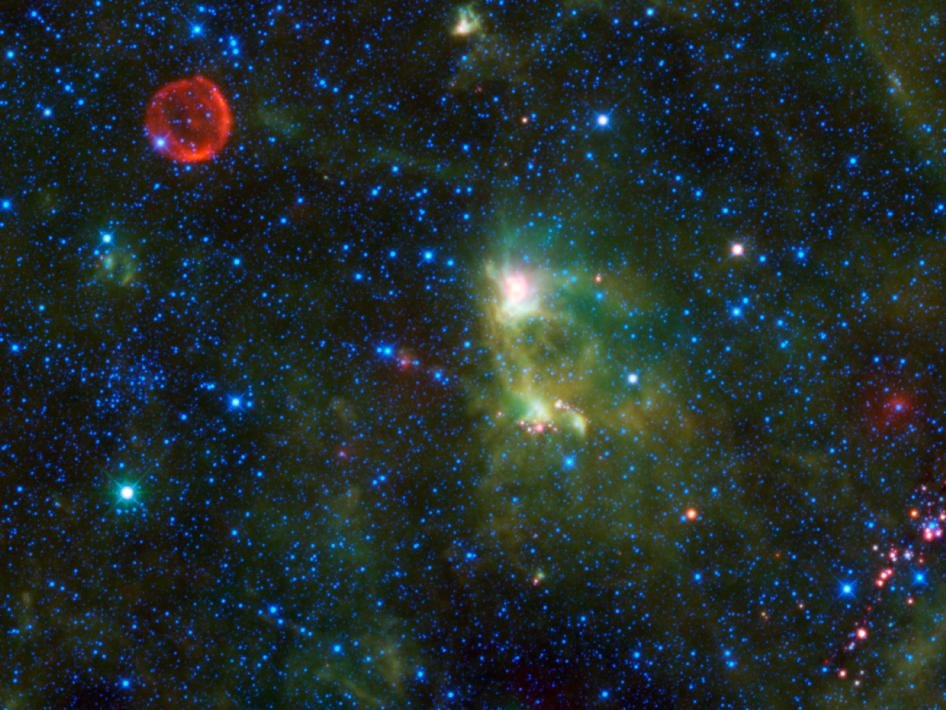
The brilliant light source appeared as a new star, adjacent to the fainter star seen just northwest of the middle of the “W.”
For two weeks it was brighter than any other star in the sky and visible in daytime. By month’s end, it began to fade and change color, from bright white to yellow and orange to faint reddish light. It was even possible to observe it during the day. It was visible to the naked eye for about 16 months until March 1574.
Tycho Brahe, Danish astronomer, first noticed this new star on 11 Nov 1572; his attention was attracted by a star in Cassiopeia, which was shining very bright – at approximately the brightness of Jupiter – and which had not been seen in this place before.
Tycho was not the first to observe the 1572 supernova, although he was probably the most accurate observer of the object. Almost as accurate were observations of his European colleagues such as Wolfgang Schüler, Thomas Digges, an English mathematician andastronomer and many others.
Brahe began to methodically record its appearance.
‘…On the 11th day of November in the evening after sunset, I was contemplating the stars in a clear sky. I noticed that a new and unusual star, surpassing the other stars in brilliancy, was shining almost directly above my head; and since I had, from boyhood, known all the stars of the heavens perfectly, it was quite evident to me that there had never been any star in that place of the sky, even the smallest, to say nothing of a star so conspicuous and bright as this. I wqs so astonished of this sight that I was not ashamed to doubt the trustworthiness of my own eyes.
But when I observed that others, on having the place pointed out to them, could see that there was really a star there, I had no further doubts. A miracle – one that has never been previously seen before our time, in any age since the beginning of the world….”
MessageToEagle.com
Expand for references

